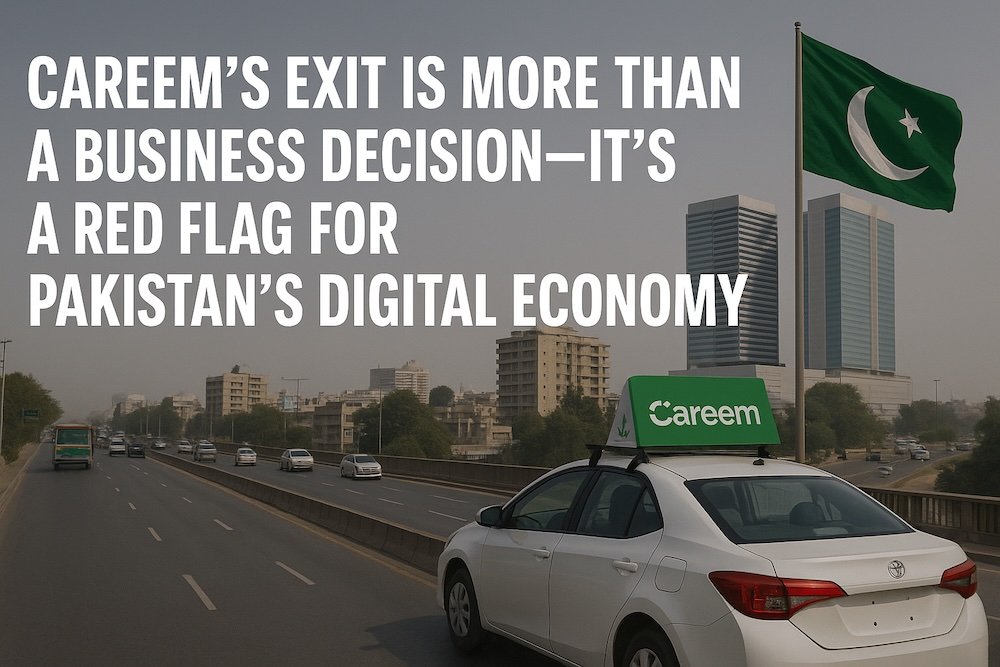As the digital landscape rapidly transforms, several Middle Eastern countries are spearheading a broadband revolution, significantly enhancing their internet speed rankings, according to Ookla’s Speedtest Global Index. Let’s dive into how nations like the UAE, Bahrain, Jordan, and Qatar are making strides in this high-speed internet journey.
The UAE: A Trailblazer in Broadband Speeds
Leading the charge, the UAE has dramatically doubled its broadband prowess since Q3 2022. By Q1 2024, the nation boasted a median download speed of 270.91 Mbps and an upload speed of 124.37 Mbps. This leap was catalyzed in late 2022 when local ISPs upgraded their minimum broadband speeds, pushing the boundaries of internet efficiency.
Bahrain and Qatar: Catching Up Fast
Both Bahrain and Qatar have seen notable enhancements in their broadband capacities. Bahrain, spurred by regulatory mandates, improved its entry-level fibre speeds while maintaining cost-effectiveness, resulting in a jump to 83.0 Mbps in download speeds. Qatar, not to be outdone, has ventured into offering consumer broadband packages with speeds up to 10Gbps, setting a new benchmark in the region.
Revolutionary Tech in Indoor Connectivity
To tackle the challenges of indoor internet performance, ISPs across these nations are increasingly deploying cutting-edge consumer premises equipment (CPE). The adoption of Wi-Fi 6 compatible CPEs and the strategic placement of additional mesh Wi-Fi nodes are ensuring robust and seamless connectivity within homes.
Jordan’s Leap in Broadband Accessibility
Jordan’s strategic move to boost competition in the broadband market through the establishment of Fibertech has paid dividends. With plans to cover a significant portion of households, Jordan’s approach to accessible fiber services has resulted in impressive speed increments, both in downloads and uploads.
The Gigabit vs. Giganot Dilemma
Despite these advancements, the region still faces challenges. The disparity in income and high pricing of gigabit packages slow the broader adoption of these high-speed services. While countries like Hong Kong and Singapore offer comparable speeds at much lower costs, the Middle Eastern markets have higher tariffs, which could hinder the pace of digital inclusivity.
As the Middle East continues to advance its broadband infrastructure, the potential for a fully connected, high-speed future seems imminent. With ongoing improvements and strategic investments, the region is poised to redefine its digital ecosystem.















